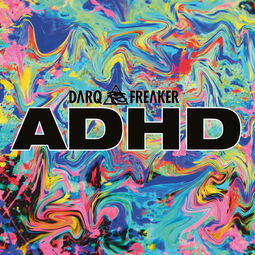
Understanding Mosquito Bite Pictures: A Comprehensive Guide
Have you ever found yourself scratching at a mysterious red bump on your skin, wondering what caused it? Chances are, it was a mosquito bite. Mosquito bites are not just an annoyance; they can also be a source of concern, especially if you’re prone to allergic reactions. To help you better understand these pesky bites, let’s delve into the details of mosquito bite pictures and what they reveal.
What Does a Mosquito Bite Look Like?

Mosquito bites can vary in appearance, depending on the individual’s skin type and the mosquito species. Generally, they are small, red, and itchy. Here’s a breakdown of the common features you might notice in a mosquito bite picture:
| Feature | Description |
|---|---|
| Redness | The immediate area around the bite may become red and inflamed. |
| Bump | A small, raised bump may form at the bite site. |
| Swelling | The area around the bite may swell slightly. |
| Itching | The most common symptom, itching, can start within minutes or hours after the bite. |
Some people may also experience a white dot or a small blister at the center of the bite. In some cases, the bite may become more inflamed and painful, especially if you’re allergic to mosquito bites.
Why Do Mosquito Bites Itch?

When a mosquito bites you, it injects its saliva into your skin. This saliva contains anticoagulants, which prevent your blood from clotting, allowing the mosquito to feed. However, your immune system recognizes the saliva as a foreign substance and responds by releasing histamines and other chemicals. These chemicals cause the redness, swelling, and itching that you experience.
Some people are more sensitive to mosquito saliva than others, which is why some bites are more itchy and inflamed than others. If you’re prone to allergic reactions, your body may produce a more intense response to the mosquito bite, leading to severe itching, swelling, and even hives.
How to Identify Mosquito Bites

Identifying mosquito bites can be challenging, especially if you have numerous bites or if the bites are in a less visible area. However, here are some tips to help you determine if a bump or rash is a mosquito bite:
-
Check for the common features mentioned earlier, such as redness, swelling, and itching.
-
Observe the pattern of the bites. Mosquitoes typically bite in clusters, so you may find multiple bites close together.
-
Consider your exposure to mosquitoes. If you’ve been in an area known for mosquito activity, it’s more likely that the bumps you’re experiencing are mosquito bites.
Preventing and Treating Mosquito Bites
Preventing mosquito bites is the best way to avoid the discomfort and potential health risks associated with these insects. Here are some tips to help you protect yourself:
-
Wear long-sleeved shirts and pants when you’re in areas with high mosquito activity.
-
Use insect repellents containing DEET, picaridin, or IR3535.
-
Empty standing water from containers around your home, as mosquitoes breed in stagnant water.
-
Install screens on windows and doors to prevent mosquitoes from entering your home.
For treating mosquito bites, you can try the following remedies:
-
Apply a cold compress to reduce swelling and itching.
-
Use over-the-counter antihistamines or hydrocortisone cream to relieve itching and inflammation.
-
Keep the bite area clean and dry to prevent infection.
In some cases, you may need to seek medical attention if the bite becomes infected or if you experience severe allergic reactions, such as anaphylaxis.







